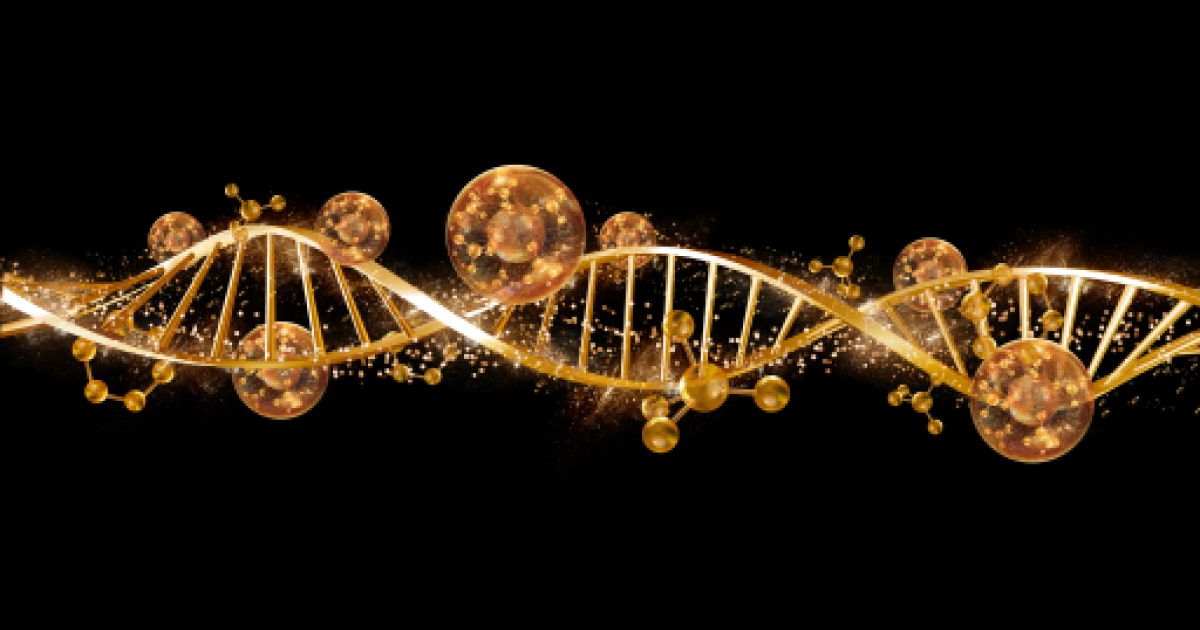
Expert Reviewed By: Dr. Brandon Colby MD
Hyperammonemia is a metabolic disorder characterized by an excess of ammonia in the blood. Ammonia, a toxic substance, is usually converted into urea by the liver and excreted in the urine. However, in hyperammonemia, this detoxification process is impaired, leading to a buildup of ammonia in the body. This condition can be caused by various factors, including inborn errors of metabolism, liver diseases, and certain medications. In this article, we will delve into the importance of understanding, diagnosing, and using genetic testing for hyperammonemia.
Understanding the Mechanisms and Consequences of Hyperammonemia
Recent studies have shed light on the cellular mechanisms underlying hyperammonemia. One such study, titled "Dysregulated cellular redox status during hyperammonemia causes mitochondrial dysfunction and senescence by inhibiting sirtuin‑mediated deacetylation", explores the role of NAD metabolism in the development of this condition. The researchers found that targeting NADH oxidation could potentially reverse and prevent ammonia-induced postmitotic senescence in skeletal muscle. This finding has significant implications for the development of novel therapeutic strategies for hyperammonemia.
Diagnosing Hyperammonemia: The Importance of Early Detection
Early diagnosis of hyperammonemia is crucial for preventing severe complications and improving patient outcomes. A case report titled "A Case of Suspected Urea Cycle Dysfunction in a Patient with Non-hepatic Hyperammonemia" highlights the importance of considering inborn errors of metabolism in adults presenting with non-hepatic hyperammonemia. In this case, the patient was initially misdiagnosed and treated for other conditions, leading to a delay in appropriate treatment and worsening of symptoms. This report underscores the need for increased awareness and prompt evaluation of potential metabolic causes of hyperammonemia.
Transient Hyperammonemia of the Newborn
Transient hyperammonemia of the newborn (THAN) is a rare but potentially life-threatening condition that requires timely identification and treatment. A review article titled "A glance at transient hyperammonemia of the newborn: Pathophysiology, diagnosis, and treatment" discusses common themes in the pathogenesis, diagnosis, and management of THAN. The authors emphasize the importance of early detection and prompt initiation of treatment to prevent long-term neurological damage and other complications.
Genetic Testing for Hyperammonemia: Unlocking the Puzzle
Genetic testing can be a valuable tool in the diagnosis and management of hyperammonemia. An article titled "Clinical and genetic diversity of congenital hyperammonemia" explores the clinical and genetic particularities of patients with congenital hyperammonemia. The authors emphasize the need for better knowledge of the special needs of these patients, particularly regarding psychological and social aspects.
Identifying Inborn Errors of Metabolism
Genetic testing can help identify inborn errors of metabolism, which are a common cause of hyperammonemia. By pinpointing the specific genetic defect, healthcare providers can tailor treatment plans and provide appropriate counseling to patients and their families. Furthermore, early identification of these genetic abnormalities can help prevent severe complications and improve patient outcomes.
Prenatal and Preconception Genetic Testing
For couples with a family history of hyperammonemia or other inborn errors of metabolism, prenatal and preconception genetic testing can provide valuable information about the risk of passing on these conditions to their children. This information can help inform family planning decisions and guide healthcare providers in providing appropriate care during pregnancy and after birth.
Future Directions in Genetic Testing for Hyperammonemia
As our understanding of the genetic basis of hyperammonemia continues to expand, so too will the potential applications of genetic testing in the diagnosis and management of this condition. Ongoing research into novel therapeutic strategies, such as gene therapy and targeted NADH oxidation, may one day offer new hope for patients with hyperammonemia and their families.
About The Expert Reviewer
Dr. Brandon Colby MD is a US physician specializing in the personalized prevention of disease through the use of genomic technologies. He’s an expert in genetic testing, genetic analysis, and precision medicine. Dr. Colby is also the Founder of and the author of Outsmart Your Genes.
Dr. Colby holds an MD from the Mount Sinai School of Medicine, an MBA from Stanford University’s Graduate School of Business, and a degree in Genetics with Honors from the University of Michigan. He is an Affiliate Specialist of the American College of Medical Genetics and Genomics (ACMG), an Associate of the American College of Preventive Medicine (ACPM), and a member of the National Society of Genetic Counselors (NSGC)